COVID-19– the pandemic that has changed every aspect of our modern lives as we once knew it. Concerts and gatherings have become virtual, the term “social distancing” was added to our vocabulary seemingly overnight, and most workplaces have had no choice but to implement remote operations company-wide.
As many states across the U.S. slowly start to reopen, organizations are relying on tech to make their offices and workplaces safe and socially distant for their employees and customers.
Permanent Remote Capabilities
Until a vaccine is readily available, many companies will be opting to keep their employees working remotely to avoid an internal mass outbreak. By doing so, two major risk factors are avoided: viral load, or the amount of virus an individual is exposed to, and the inability to truly socially distance within an office setting.
Though the coronavirus has been devastating across the globe, it has evoked technological advancement in the workforce whether companies were ready to implement them or not. Time will tell if these advancements will forever change the way we work now that most organizations have functioning work-from-home capabilities. It wouldn’t be surprising if even the most traditional companies adopt remote work and flexible hours into their company culture post-COVID.
Contact Tracing Apps
Arguably controversial but extremely effective, contract tracing apps and devices are yet another technological advancement brought into existence by the coronavirus pandemic. Mobile contact tracing apps or devices optimize social distancing efforts by documenting whom each user has been in contact with and for how long, sounding an alarm when two employees come within six feet of each other, and they can also send a notification to all the people a newly infected person has come into contact with.
Such technology is more actively used in certain work environments where it is much more difficult to maintain social distancing, i.e., construction sites and warehouses. Though effective, these devices do not come without controversy. Privacy concerns are the main reason why tracing devices haven’t been implemented across the board, creating a unique catch-22. To make users more comfortable wearing what is essentially a tracking device, privacy settings need to be maximized. However, increased privacy settings will decrease the effectiveness of the tracking system.
Companies implementing the use of these devices should take privacy just as seriously as COVID prevention. Doing so requires full transparency on the part of the employer.
Infrared Surveillance and Screenings
As part of the infectious disease preparedness and response plan for those industries and organizations that physically can not survive on remote work, many are implementing health screenings prior to arriving on-site for a shift. This may include but is not limited to temperature readings, questionnaires, infrared surveillance in places with heavy foot traffic, and checking for mask compliance at the door.
These screenings are not only being implemented as a requirement for employees, but many businesses to consumer workplaces are extending these requirements on to customers as well before entering a place of business.
While this may be effective for preventing those with symptoms from going to work or entering a public space, it does not really account for those who are asymptomatic yet still contagious.
DIY Home Testing Kits
Some companies such as App
le Inc. are taking testing into their own hands by paying for third party at-home testing kits for all of their employees– even the part-timers. While this may be a luxury only afforded to such corporate giants, it is certainly opening the gate for testing, quality, and effectiveness for at-home testing should they become more widely available down the road.
Similarly, Amazon is reportedly building their own COVID-19 lab to conduct employee testing after receiving backlash internally and externally for lack of employee protection during the peak of the pandemic. As companies such as Apple and Amazon lead the way with testing, it could be likely that we’ll see it become more affordable and available to more people.
There’s no doubt that turbulent times, both socially and economically, are often the driving force for societal change and innovation. 9/11, for example, forced architects and engineers to redesign skyscrapers to prevent total collapse. World War II brought the modern-day computer, penicillin, ATMs, and even the ballpoint pen into existence.
It can be argued that COVID-19 is forcing unprecedented advancements in medical technology while single-handedly changing the modern-day workforce as we once knew it. Of course, we are all hoping that this is not, in fact, our “new normal” and that our regular lives will soon return. But don’t be surprised if the technological advancements made in 2020 change the workplace landscape forever.
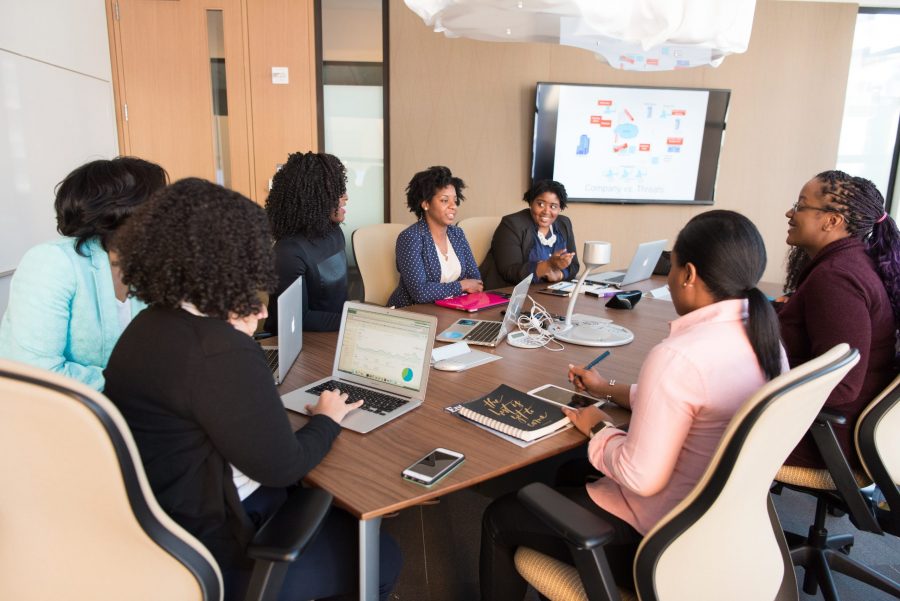
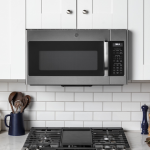












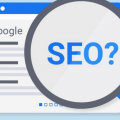






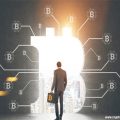









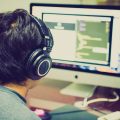
No Comments
Leave a comment Cancel